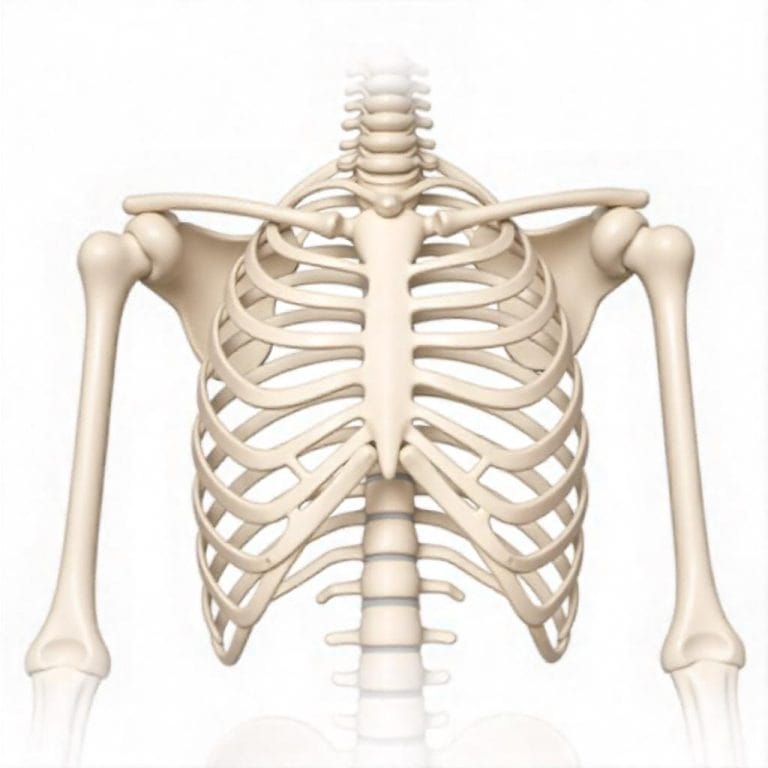Welcome to the Bones of the Shoulder Girdle quiz! The shoulder girdle is made up of three main bones: the clavicle, the scapula, and the humerus. These bones work together to help you move your arms in a wide range of motions.
In this quiz, you will test your knowledge on the different bones of the shoulder girdle and how they function. You will also learn about the important role these bones play in everyday activities like reaching, lifting, and throwing.
So, get ready to flex your bone knowledge and see how much you know about the shoulder girdle!
Play Shoulder Girdle Quiz
Instructions
- This quiz is multiple choice.
- Read each question carefully before selecting an answer.
- Choose the best answer for each question.
- You will see the missed questions with correct answers at the end of the quiz.
Quick Facts
- The shoulder girdle is made up of three bones: the clavicle (collarbone), the scapula (shoulder blade), and the humerus (upper arm bone).
- These bones work together to allow for a wide range of motion in the shoulder joint.
- The clavicle is the only bone in the shoulder girdle that directly connects to the axial skeleton, providing stability and support for the shoulder.
- The scapula is a triangular-shaped bone that glides along the back of the rib cage, helping to move the arm in various directions.
- The humerus attaches to the scapula at the glenoid cavity, forming the ball-and-socket joint of the shoulder.
- The shoulder girdle is responsible for connecting the upper limb to the rest of the body, allowing for activities like reaching, lifting, and throwing.
- These bones are held together by a network of ligaments and muscles, providing strength and stability to the shoulder joint.
- Injuries to the bones of the shoulder girdle, such as fractures or dislocations, can result in pain, swelling, and limited mobility.
- Physical therapy and exercises can help strengthen the muscles surrounding the shoulder girdle, improving range of motion and reducing the risk of injury.
- Proper posture and body mechanics are important for maintaining the health and function of the bones in the shoulder girdle.
Downloads
Study Tips
- Create a study schedule and stick to it.
- Find a quiet and comfortable study environment.
- Remove distractions such as phones and social media.
- Take breaks every 25-30 minutes to avoid burnout.
- Use active studying techniques like summarizing, highlighting, and teaching concepts to someone else.
- Practice retrieval by testing yourself with flashcards or practice quizzes.
- Stay organized with notes, study guides, and resources.
- Stay hydrated and eat brain-boosting foods like fruits, nuts, and whole grains.
- Get enough sleep to improve memory retention and cognitive function.
- Reward yourself for reaching study goals to stay motivated.
